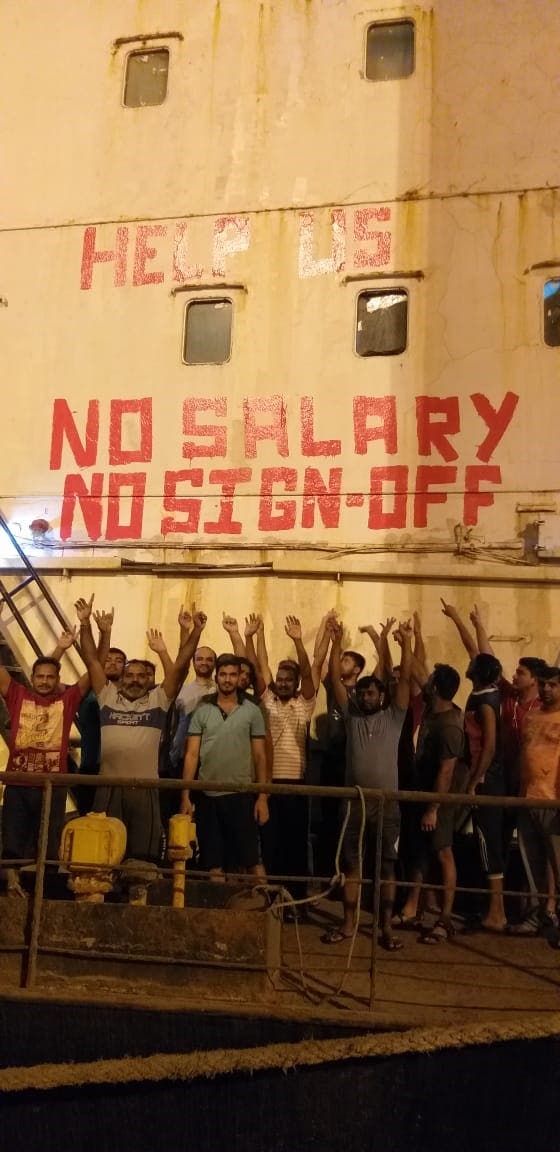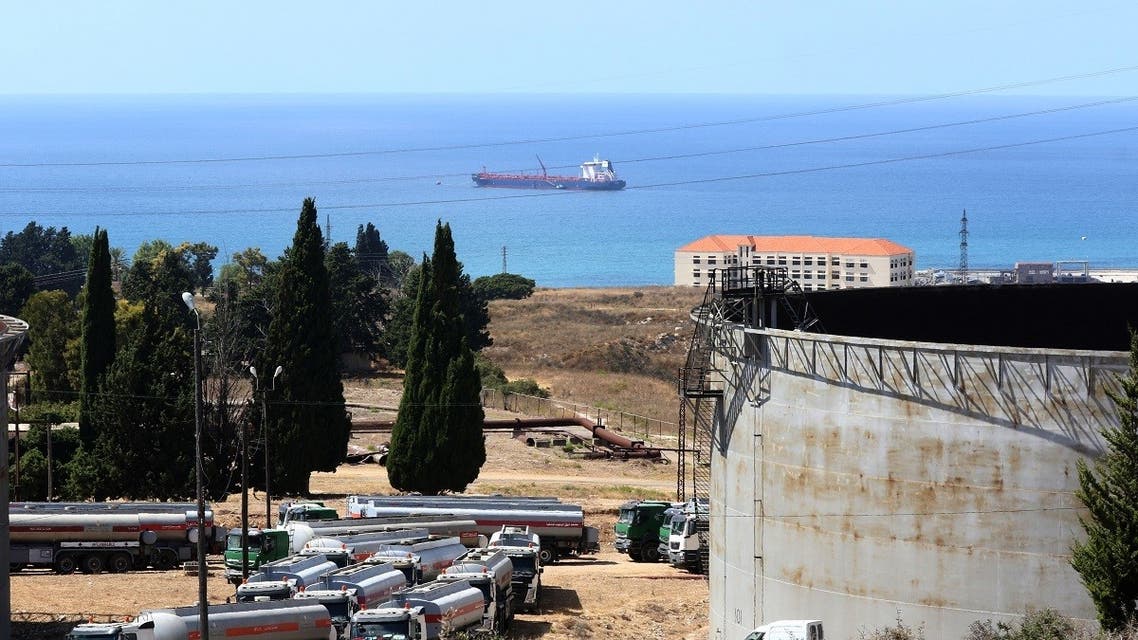One of The Earliest Stone Tool Types Could Date Back 2.6 Million Years, New Data Show
Figuring out when the earliest human species first developed and used stone tools is an important task for anthropologists, since it was such an important evolutionary step. Remarkably, the projected date of early stone technology just got pushed back by tens of thousands of years

Using a recently introduced type of statistical analysis, researchers estimated the proportion of stone tool artifacts that might be lying undiscovered based on what has been dug up so far. In turn, this gives us clues about how old the tool remnants we don't yet know about are likely to be.
These calculations reveal that ancient hominins may have been using basic Oldowan tools 2.617-2.644 million years ago (up to 63,000 years earlier than previous findings suggest), and the slightly more sophisticated Acheulean tools may have been used 1.815-1.823 million years ago (at least 55,000 years earlier than previously thought).
"Our research provides the best possible estimates for understanding when hominins first produced these stone tool types," says paleolithic archaeologist Alastair Key from the University of Kent in the UK.
"This is important for multiple reasons, but for me at least, it is most exciting because it highlights that there are likely to be substantial portions of the artifact record waiting to be discovered."
The optimal linear estimation (OLE) statistical analysis applied here has already been deployed to judge how long species carried on living before extinction, based on the most recent fossils that have been found. The process has been shown to be reasonably accurate, and in this study it was used in reverse.
It's unlikely that the oldest stone tools that archaeologists have dug up so far are in fact the oldest that were ever used – experts think many are lost forever, and dating what does get found is difficult – but OLE offers a way to extrapolate from existing artifacts.
While OLE is still an emerging approach in archaeology, the researchers behind the new study are hoping that it becomes more widely accepted. While the best points of reference are still real findings in the field, these physical discoveries don't tell the full story of what was actually going on millions of years ago.
"The optimal linear estimation modeling technique was originally developed by myself and a colleague to date extinctions," says conservation scientist David Roberts, from the University of Kent.
"It has proved to be a reliable method of inferring the timing of species extinction and is based on the timings of last sightings, and so to apply it to the first sightings of archaeological artifacts was another exciting breakthrough."
The ability of hominins to chip away at stones and use them for specific purposes opened up new horizons for these early humans: in terms of what they could hunt, what they could build, how they could work with food and materials, and so on. It's been called a "momentous threshold" in human evolution.
To give you an idea of how long ago we're talking about, it's been suggested that the first use of stone tools predates the development of opposable thumbs in hominins: we were smashing rocks before we could properly get a grip on anything.
The oldest stone tools ever found actually date back 3.3 million years, discovered at the Lomekwi site in Kenya. While there isn't enough material at this site to run an OLE analysis, the researchers think stone tool use could go back even further than that – though they also admit that their estimations are likely to change as further digs and discoveries are made.
"Identifying when hominins first produced Lomekwian, Oldowan, and Acheulean technologies is vital to multiple avenues of human origins research," write the researchers in their published paper.
The research has been published in the Journal of Human Evolution.
















